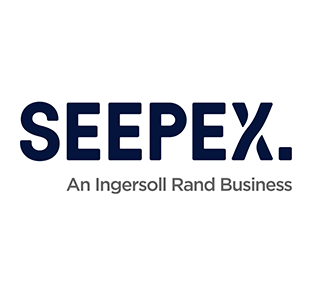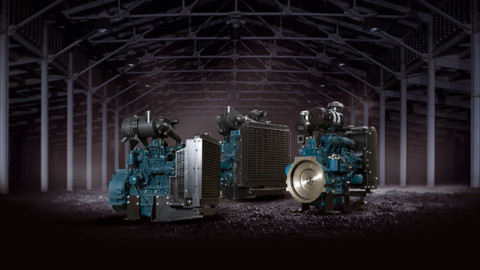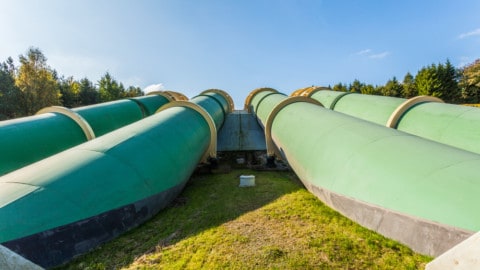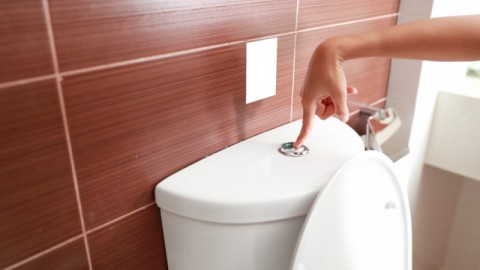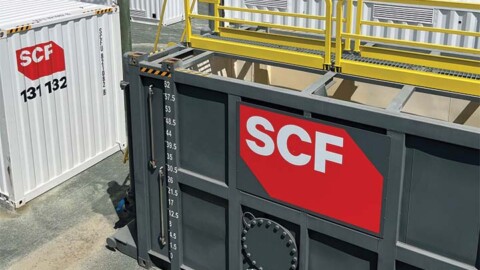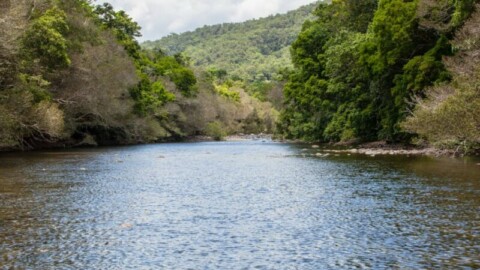Built in the mid 1980s, the Bonny Hills Wastewater Treatment Plant (formerly known as Bonny Hills Sewerage Treatment Plant) services the Bonny Hills and Lake Cathie catchments. It was originally designed as a 9,000 Equivalent Person (EP) activated sludge pasveer sewerage treatment plant with sludge lagoons and detention ponds with the discharge going to a seepage trench along a sand dune that is adjacent to the plant and the ocean. However, in the mid 2000s, Port Macquarie- Hastings Council identified the need to upgrade the plant to cater for a growing population and new development areas. Pump Industry spoke to the Council to find out more about the various upgrades that have been carried out.
Upgrades to the Bonny Hills Wastewater Treatment Plant have taken place over several years, with phased upgrades to augment the plant ensuring the needs of the community are met, and to ensure that the quality of the water meets the limits of Council’s EPA licence and the ongoing requirements for reuse into the future. The key phases of the upgrade include:
- 2009 – Phase 1 upgrade
- 2010 – Construction of Councils Hastings Effluent Management Strategy (HEMS) pipeline
- 2016 – On-site reuse upgrade
- 2017 – Aeration upgrade trials
- 2018 – Bioreactor 2 aeration upgrade, chemical dosing upgrade (Hypo), pasveer condition assessment, instrument upgrade
- 2019 – Recycled water system (off site) commissioning, control system optimisation to optimise MF duty rotations, process flow control and chemical dosing
Phase 1 upgrade: increasing capacity and improving quality
In 2009, the phase 1 upgrade took place to increase the plant’s capacity to 12,000EP with the future option to further increase it to 18,000EP. These upgrades would ensure improved discharge quality and regulatory compliance, and allow the treated water to be utilised for a number of reuse proposals into the future if required.
The phase 1 upgrade scope of works included the following:
- Inlet works, balance tank, screens, flow measurement, grit removal and screening
- Anoxic tank and mixers
- Modification to existing pasveer channels
- Solids contact pit and A-recycle and Waste Activated Sludge (WAS) pumps
- Secondary clarifiers
- Return Activated Sludge (RAS) pumping station
- Equalisation tank
- Recycled water pumping station
- Chemical storage and dosing systems
- Two new sludge lagoons
- Relining of effluent ponds 1 and 2
- Foul water pumping station
- Power, instrument and control upgrades
- Membrane Filtration
Port Macquarie-Hastings Council’s Group Manager of Infrastructure Planning, Cameron Hawkins, said, “The upgrade included the incorporation of inlet works that enabled improved flow monitoring. The inlet also improved solids and grit removal at the head of the works, which enhanced process performance and enhanced outcomes for the health and safety of our workers due to less manual handling of the waste.
“A new anoxic biological process was built to convert the bioreactors from an intermittent to a continuous process. Clarifiers were installed to enable solids separation of the biological process. Filtration through microfiltration was also added at the end of the treatment process.
“The change to the biological process improved effluent quality, as it introduced a higher removal rate of nutrients such as phosphorus and nitrogen that can be harmful to the environment. The clarifiers and membranes improved the water quality as they remove solids that can pollute the effluent and the areas that it is discharged.
“The addition of microfiltration allows small solids removal, including harmful pathogens, resulting in improved water quality prior to discharge for the exfiltration trench.”
The phase 1 upgrades also improved process control through additional online monitoring, giving Council the ability to operate, monitor and control the system through an automatic computerised system.
“The upgrades required our plant operators to be trained to use the new system, but this process and the inlet works reduced workplace risks as they now have less direct contact with raw sewage and reduced physical labour,” Cameron said.
“Since the upgrades, effluent water quality has improved as levels of nutrients, solids and pathogens have decreased. This means we can now provide recycled water to be used for site services and irrigation of sports grounds.”
On-site reuse upgrade and aeration trial
In 2016, an upgrade to the existing on-site reuse system was commissioned to replace an obsolete system that was in use and causing plant reliability issues.
The new system included the installation of a 110,000L tank and standby variable speed booster pump which were connected to the treated effluent/recycled water manifold.
This was connected to the site process water distribution main, allowing the water to be used for screen cleaning, grit removal and general site water service for wash down.
In 2017, the Council undertook a review of options to upgrade the aeration system – including surface aerators, jet aerators, diffused aerators and mixers, and aspirating aerators – with the view to replace the outdated surface aerators that were in use. The key factors in the selection process were efficiency, effectiveness, whole of life cost and suitability to be installed into an existing process.
After an initial investigation, a diffused aerator was selected as it was the most efficient and the return on investment over whole-of-life costs would be favourable. However, the existing pasveers were too shallow to realise the benefits as the existing surface aerators had lower transfer efficiency of all the options reviewed.
This prompted further consideration into jet aerators and aspirating aerators, due to the oxygen transfer for both these options being comparable, with cost being the deciding factor.
To limit risk, a new aerator to be controlled by VSD was purchased, giving Council full control over its performance range, and was put through extensive testing to allow a thorough evaluation.
Cameron said following the trialled VSD-operated aerators have been implemented continuously at the site. “This replacement program is still ongoing, and a number are replaced each year as part of Councils capital works program,” Cameron said.
“VSD control allows the aeration tanks to be operated at the required dissolved oxygen level, meaning they can increase and decrease aeration as the demand for air changes through the day. This provides improved aeration control, reduces energy consumption and helps with improvement in nutrient removal.
“Council procures equipment on a preferred equipment basis, where we acquire equipment that has been tested and proven to meet our needs. Having consistency in equipment across the shire makes it easier to hold spare parts and manage maintenance of equipment.”

Upgrading the chemical dosing system
In 2018, Council scoped an upgrade to the sodium hypochlorite dosing system which had been in service since the phase 1 upgrade in 2009, due to a number of design issues from excessively long dosing lines (200m), flow meter measurement issues and pump air locking. It also ensures that the chemical storage meets the current standards for storage of hazardous chemicals, and enables safe handling and storage of bulk chemicals during delivery of the chemicals and as used at the site.
The scope of works included:
- Installation of two new self-contained dosing systems – one for primary disinfection and the second for the dual reticulated recycled system
- Utilisation of the existing bulk storage tank for the main storage and transfer to the dosing skids and dosing tank through dual contained chemical hose
- Replacement of all current dosing pipework with dual contained chemical hose
“Aluminium sulphate and caustic soda dosing was added to the scheme to help with phosphorus removal and balancing the pH of treated effluent. The chlorine storage system was also upgraded as part of this project,” Cameron said. Skids were installed and are able to run as a full duty standby rotation on either manual, auto flow paced or auto flow and residual trim control options.,
Optimising the control system
In 2019, the Council undertook optimisation of the microfiltration feed flow and microfiltration duty rotation control systems, as the original project in 2009 had some incredibly tight control limits for some of the control level parameters.
Cameron said the aim of the project was to increase the run times of the membranes and reduce the starting and stopping of the systems.
Council’s Lamella Settler had a five per cent band for VSD pump control, which resulted in a flow variation of 10L/s every 60 seconds.
The biggest issue this created was for chemical dosing control for primary disinfection as dosing into a flow that is so variable is not conducive for accurate process control.
To improve the system, the band on the Lamella was opened and the control span on the Equalisation Tank increased to allow the microfiltration plant to run for longer at a more constant flow rate. This has improved Council’s dosing control by ensuring a more consistent and constant flow, Cameron said.

Continuing upgrades
Council is continuing to upgrade the Bonny Hills Wastewater Treatment Plant to ensure aims of the project are realised. Along with the continuing and consistent aerator upgrades, works to improve effluent treatment are underway to enable it to be used for dual reticulation of recycled water to residential properties, including the installation of a UV disinfection system and improved chlorine dosing.




